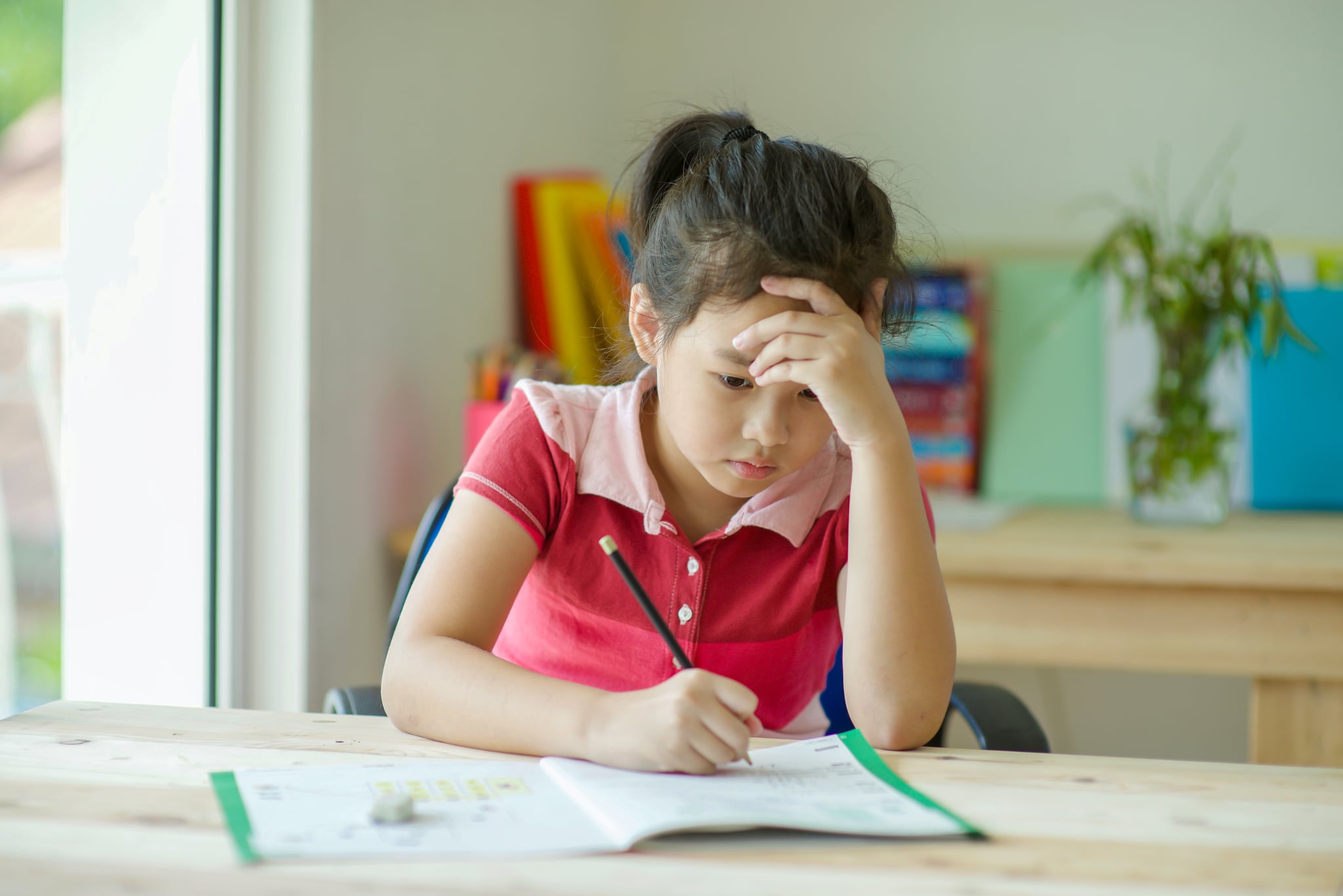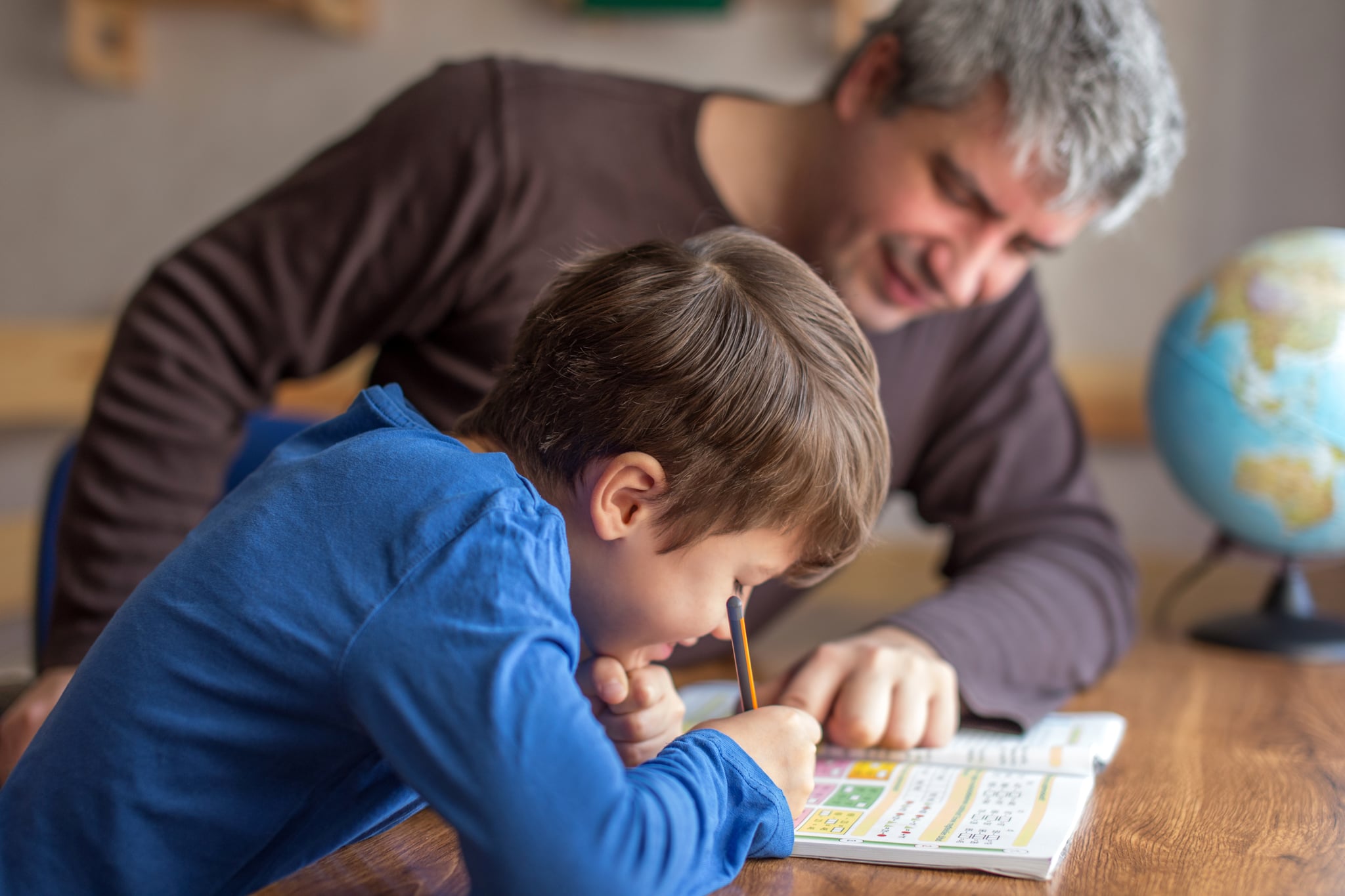For some children, school just makes sense. Everything from essay writing to long division is a piece of cake — learning comes easily and schoolwork isn’t a problem. For others, learning multiplication tables or figuring out what rhymes with “cat” seems impossible.
That’s what school can be like for a child with a learning or thinking difference like dyslexia, dyscalculia, or ADHD. In the United States, at least 15 million children — that’s one in five — learn or think differently. Yet many kids may not have a diagnosis or receive special education services in school, which means they may not be getting the support they need.
The sooner kids who learn or think differently get the help they need, the more likely they are to thrive in school and daily life. Yet many parents and caregivers don’t see the signs that something is going on with their child until their child has already fallen behind in school. According to a recent survey conducted by the social impact organization Understood, 62 percent of parents of children who learn and think differently said they wished they’d had tools or resources to help track changes in their children’s behavior prior to their diagnosis. That’s why Understood partnered with the American Academy of Pediatrics on Take N.O.T.E., an initiative that aims to help parents identify learning and thinking differences in children. It includes a simple, four-part memory device — notice, observe, talk, engage — to help families make sense of their child’s difficulties. Read on to learn a few common signs that children might learn or think differently and what parents can do to help.
Social Struggles
Trouble With Organization and Daily Routines
What Can Parents Do to Help?
If you’re seeing any of those signs in your child, you’ve already taken the first step: noticing if anything is out of the ordinary. Next, follow the framework laid out in Understood’s Take N.O.T.E. initiative:
- Notice if something is going on with your child that is out of the ordinary.
- Observe and track patterns in your child’s behavior.
- Talk to your child, their teachers, social workers, aides, or caregivers about what you’re observing.
- Engage with trusted professionals, like pediatricians.
The realization that your child might have a learning or thinking difference can be overwhelming at first. Instead of rushing to conclusions or trying to diagnose your child yourself, work step by step. That way, when you’re ready to talk to your child’s pediatrician about what you’ve observed, you’ll have plenty of information to share. Visit the Understood Take N.O.T.E. website (or the Spanish language version) for more information, downloadable tools, and expert advice.
Source: Read Full Article






